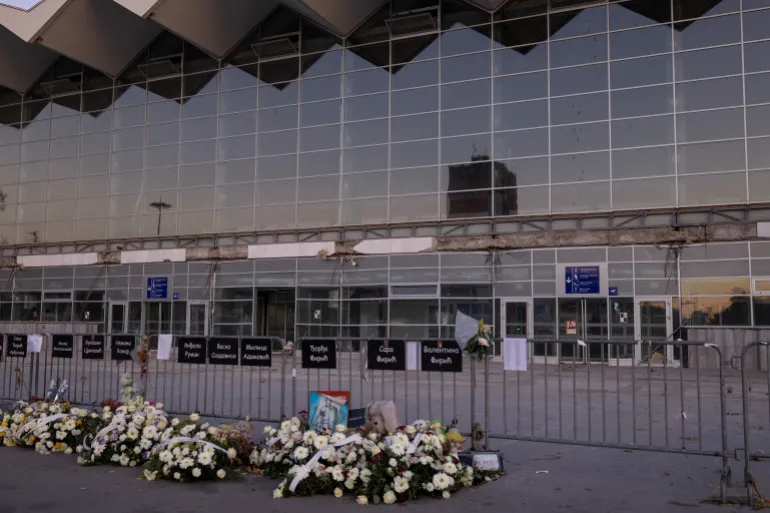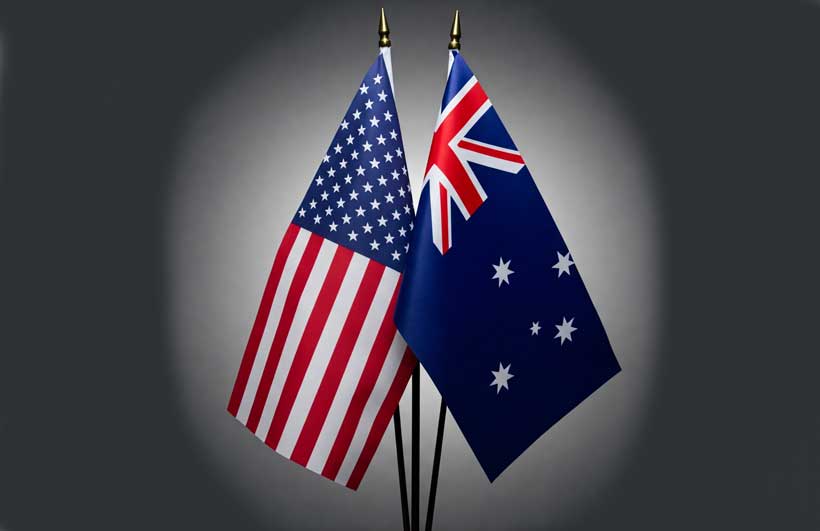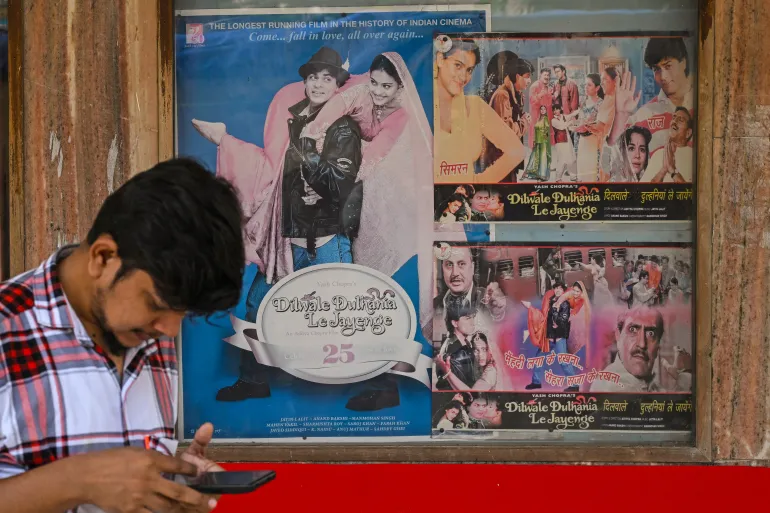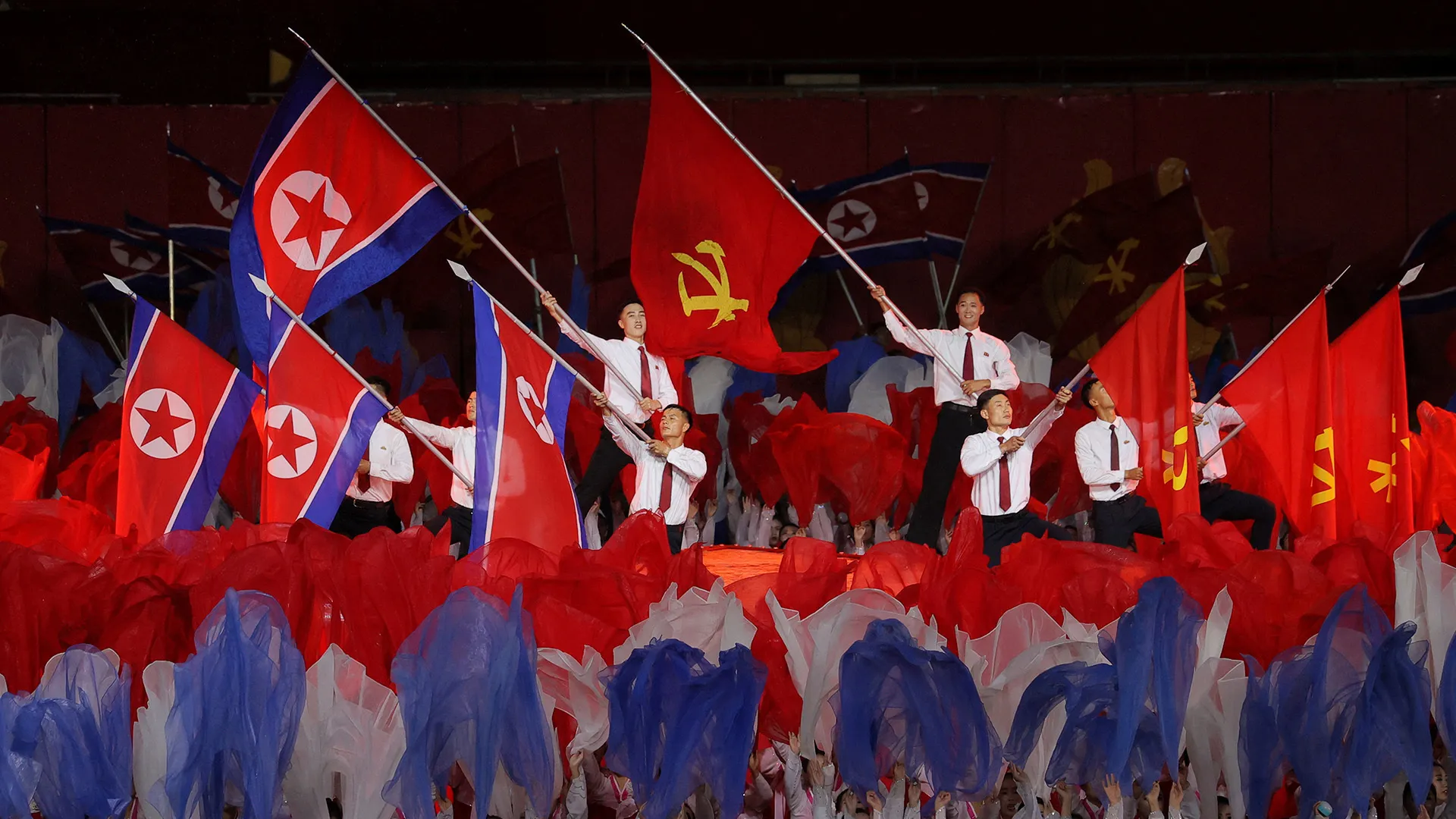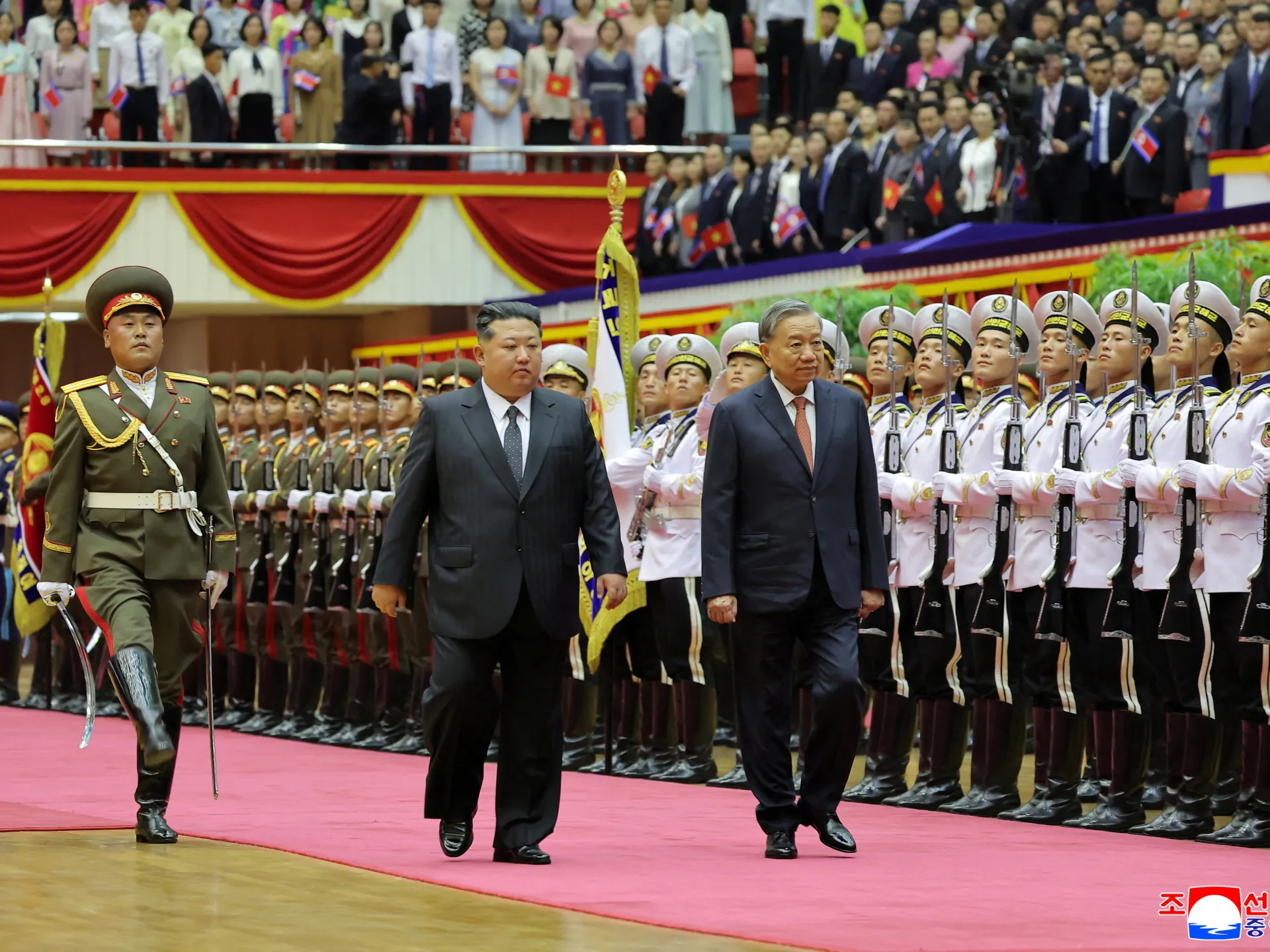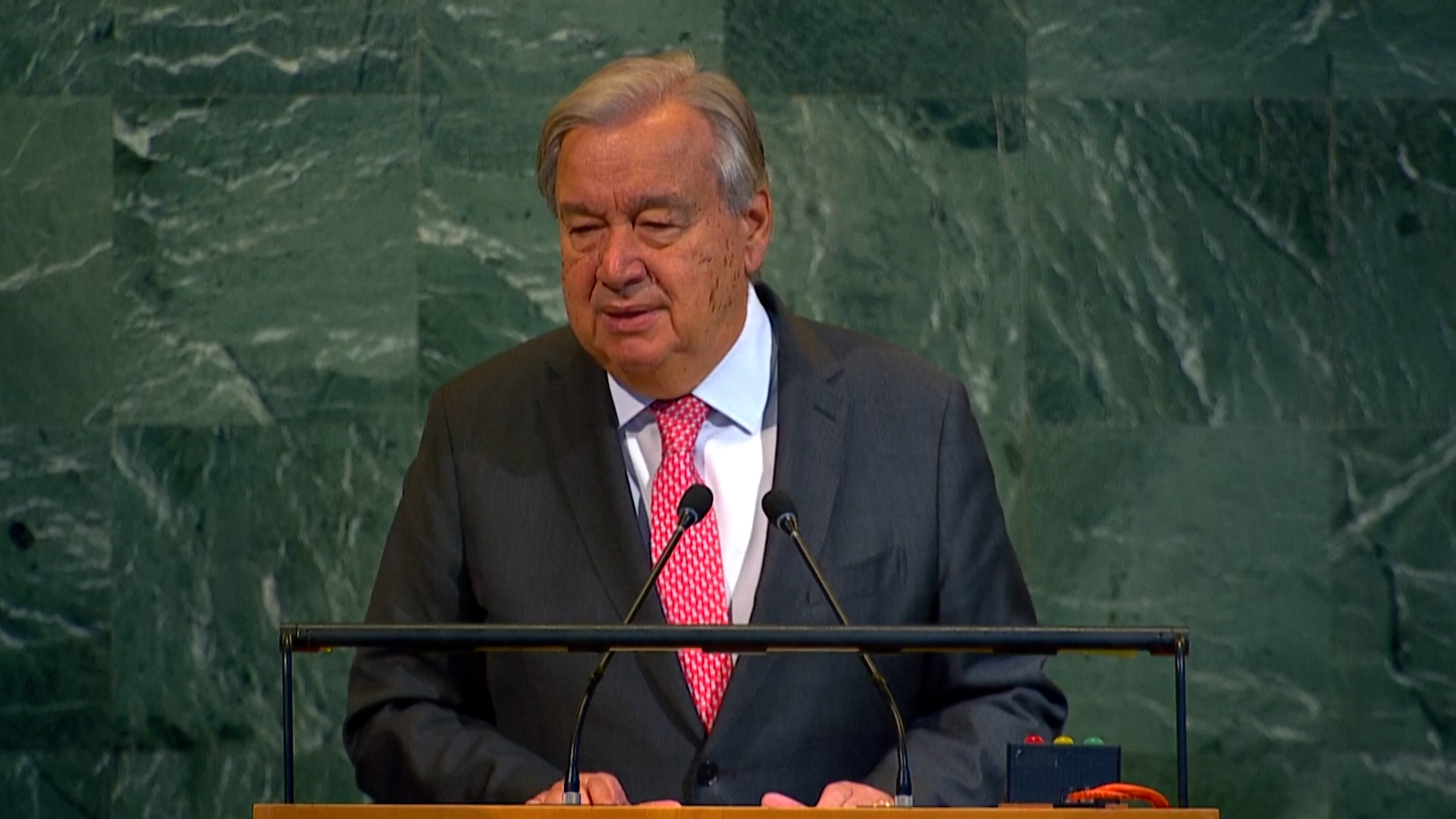Mass protests planned as Serbia marks anniversary of train station collapse | News
Tens of thousands of people are converging on the northern Serbian city of Novi Sad for a commemoration of the victims of a tragedy a year ago that killed 16 people.
Regular student-led protests have gripped Serbia since the collapse of the canopy at the newly renovated railway station in the country’s second largest city on November 1, 2024, which became a symbol of entrenched corruption.
Recommended Stories
list of 4 itemsend of list
Protesters first demanded a transparent investigation, but their calls soon escalated into demands for early elections.
Students, who called for the “largest commemorative gathering” on Saturday, and others, have been pouring into Novi Sad since Friday, arriving by car, bicycle, or on foot.
Thousands marched from Belgrade for some 100km (62 miles) and other parts of the country, including Novi Pazar, about 340km (210 miles) south of the capital. It took them 16 days to finish the march.
Residents of Novi Sad took to the streets to greet the marchers, blowing whistles and waving flags, many visibly moved.
Reporting from the city on Saturday, Al Jazeera’s Milena Veselinovic said local residents have provided marchers with food and shelter.
She added the student organisers of the event have stressed they want it to be peaceful and only about the victims, rather than the country’s politics.

‘I am looking for justice’
Dijana Hrka’s 27-year-old son was among the victims.
“What I want to know is who killed my child so I can have a little peace, so that I don’t keep going through hell,” she told Al Jazeera.
Hrka added: “I am looking for justice. I want no other mother to go through what I am going through.”
The protests over the station’s collapse have led to the resignation of the prime minister, the fall of his government and the formation of a new one. But nationalist President Aleksandar Vucic has remained defiantly in office.
Vucic regularly labelled demonstrators as foreign-funded coup plotters, while members of his SNS party pushed conspiracy theories, claiming that the train station roof collapse may have been an orchestrated attack.
But in a televised public address on Friday, Vucic made a rare gesture and apologised for saying things that, he said, he now regretted.
“This applies both to students and to protesters, as well as to others with whom I disagreed. I apologise for that,” Vucic said and called for dialogue.
Saturday’s commemorative rally at the Novi Sad railway station will start at 11:52am (10:52 GMT), the time when the tragedy occurred, with 16 minutes of silence observed for 16 victims.
Thirteen people, including former construction minister Goran Vesic, were charged in a criminal case over the collapse.
A separate anticorruption probe continues alongside a European Union-backed investigation into the possible misuse of EU funds in the project.
‘Sky high’ corruption
The government has declared Saturday a day of national mourning while the head of the Serbian Orthodox Church (SPC), Patriarch Porfirije, is to serve a mass for the victims at the Belgrade Saint Sava church.
“On this sad anniversary, we appeal to everyone … to act with restraint, to de-escalate tensions and to avoid violence,” the EU delegation in Serbia said in a statement.
Aleksandar Popov, a Serbian political analyst, told Al Jazeera that “sky-high” corruption is a major issue in the country that needs to be addressed.
“We’re not talking about tens of millions of euros, but hundreds of millions of euros spun through large infrastructure projects, perhaps billions of euros,” he said.
“This government and the president have captured all key institutions of state, like the judiciary,” he added.
The protests have remained largely peaceful, but, in mid-August, they degenerated into violence that protesters blamed on heavy-handed tactics by government loyalists and police.
